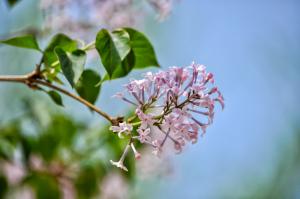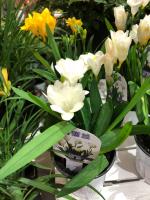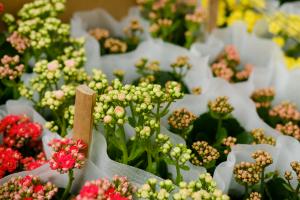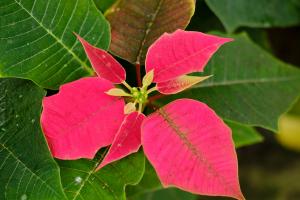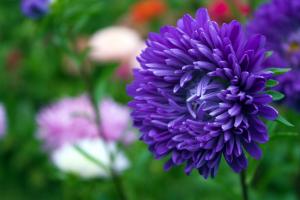How to Prune Container Tomato Plants
Container gardening is a great way to enjoy fresh vegetables if you don't have access to a traditional garden plot. Tomatoes are one of the most popular vegetables to grow in pots, but pruning them can be a confusing task for novice gardeners. Pruning can help increase the yield of your plants and prevent them from becoming overcrowded. Here's a guide on how to prune container tomato plants.
When to prune
Tomato plants can be pruned at various stages of their growth, but it's best to start early. Wait until your plants have developed a few sets of leaves before pruning. Avoid pruning your plants during hot, dry spells or during flowering, as this can cause stress and reduce the yield.
What to prune
There are two types of branches on a tomato plant: suckers and main stems. Suckers are the small branches that grow between the main stem and the branches that produce fruit. These can be removed to allow the plant to focus its energy on the fruit-bearing branches. To prune suckers, use your fingers to snap them off when they are less than 2 inches long. You can also use pruning shears to remove larger suckers, but be careful not to damage the main stem.
The main stem is the trunk of the plant, and it should be allowed to grow tall and straight. Removing the lower branches of the main stem will help promote airflow and reduce the risk of disease. Only remove the lower branches up to the first flower cluster, as this is where the majority of the fruit will grow.
How to prune
To prune container tomato plants, start by identifying the suckers and main stems on your plant. Use your fingers or pruning shears to remove any suckers that are less than 2 inches long. If you are using pruning shears, sterilize them with rubbing alcohol between cuts to prevent the spread of disease.
Next, remove any lower branches on the main stem up to the first flower cluster. Be careful not to damage the main stem or the flower cluster when pruning. You can also remove any branches that are diseased, damaged, or overcrowded.
Be sure to prune your plants regularly throughout the growing season to prevent them from becoming too crowded. As your plants mature and produce fruit, you may need to prune additional suckers to ensure that the plant is directing its energy towards the fruit-bearing branches.
Conclusion
Pruning container tomato plants can seem daunting at first, but with a little practice, it's a straightforward task that can help increase the yield of your plants. By removing suckers and lower branches, you'll promote healthy growth and reduce the risk of disease. Remember to prune your plants regularly and be careful not to damage the main stem or flower clusters when pruning.

 how many times do yo...
how many times do yo... how many planted tre...
how many planted tre... how many pine trees ...
how many pine trees ... how many pecan trees...
how many pecan trees... how many plants comp...
how many plants comp... how many plants can ...
how many plants can ... how many plants and ...
how many plants and ... how many pepper plan...
how many pepper plan...